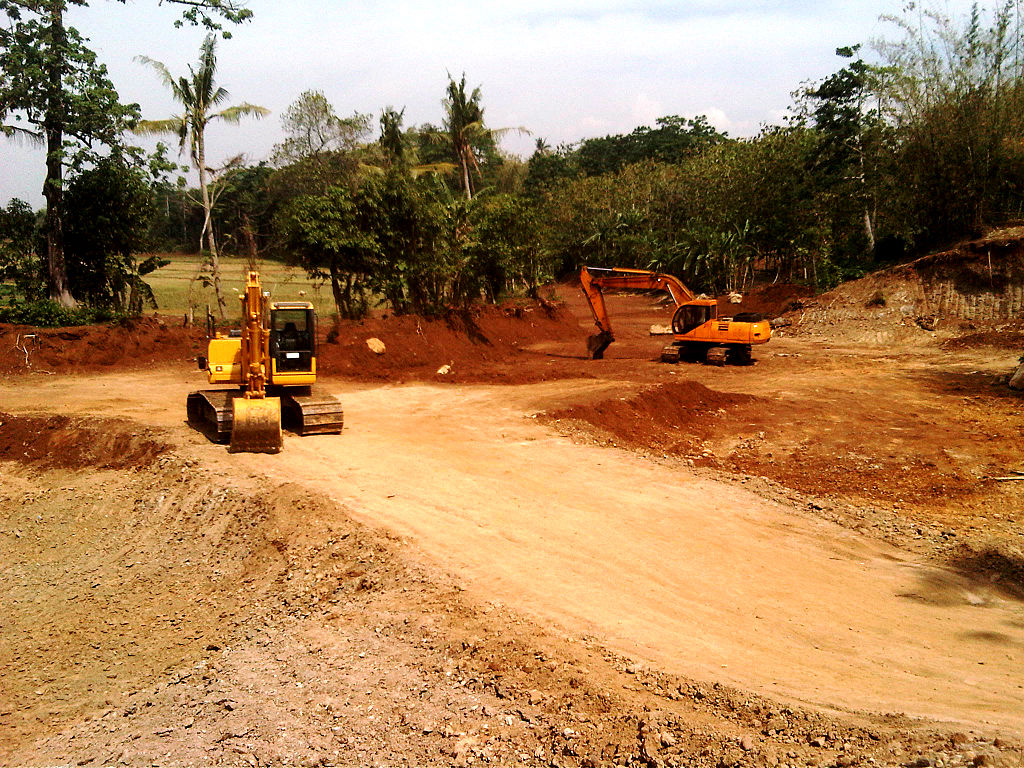Table of Contents Show
Investing in land has long been considered a solid and stable investment strategy. However, like any asset, the value of land is subject to various factors that can influence its appreciation or depreciation over time.

While land is often associated with long-term value appreciation, it is essential to understand that there are circumstances where land can indeed depreciate in value. In this article, we will explore the factors that can lead to land depreciation and shed light on the dynamics of this intriguing aspect of real estate investment.
Factors Influencing Land Value
Economic Factors
The overall economic conditions of a region can have a significant impact on land values. During economic downturns or recessions, demand for land can decline, leading to a decrease in its value when selling land. Factors such as high unemployment rates, reduced consumer spending, and a slowdown in the housing market can contribute to the depreciation of land.
Location and Development
The location and potential for development play a crucial role in determining land value. If an area experiences unfavorable changes, such as environmental concerns, increased crime rates, or a shift in infrastructure development plans, the value of the land can decline.
Similarly, changes in zoning regulations or land use restrictions may limit the potential uses of the land, affecting its desirability and value.
Supply and Demand Dynamics
The principles of supply and demand are fundamental in real estate. An oversupply of land relative to the demand can result in a decrease in its value. Factors such as increased land availability due to new developments or changes in population demographics can affect the demand for land, thus influencing its market value.
Environmental and Natural Disasters
Land located in areas prone to environmental hazards, such as floods, earthquakes, or wildfires, may experience a decrease in value. The potential risks associated with such disasters can deter potential buyers and limit development opportunities, leading to depreciation. Additionally, changes in the environmental regulations or the discovery of contamination on the land can negatively impact its value.
Infrastructure and Access
The presence or absence of essential infrastructure and access points can significantly impact land value. Areas with poor transportation links, inadequate utilities, or limited access to amenities may experience a decrease in land value.
Conversely, land located in regions with improving infrastructure, such as new roads, public transportation, or proximity to commercial centers, tends to appreciate in value.
Conclusion
While land is often perceived as a safe investment due to its potential for long-term appreciation, it is important to recognize that land can indeed depreciate in value under specific circumstances.
Economic factors, changes in location and development prospects, supply and demand dynamics, environmental risks, and infrastructure accessibility all contribute to the fluctuation of land values. Therefore, thorough research, careful analysis, and an understanding of these factors are essential for investors looking to make informed decisions when investing in land.
By considering both the potential for appreciation and the risk of depreciation, investors can better navigate the complexities of the real estate market and make prudent investment choices.









